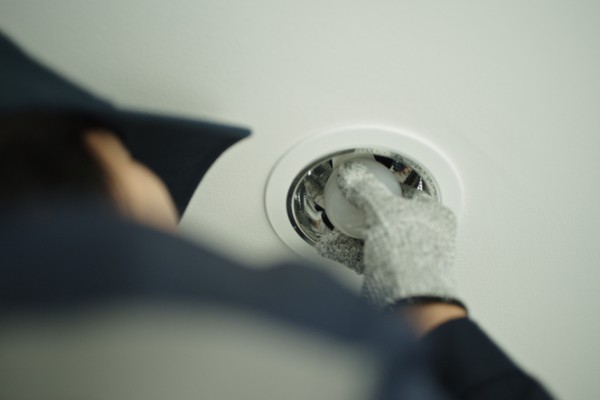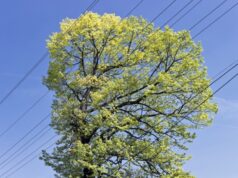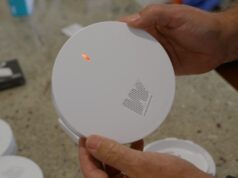
Downlights are a popular lighting choice in modern Australian homes, but installing them without care can pose a real fire risk. These compact fittings often sit snugly in your ceiling cavity, right where insulation, timber and other combustible materials live. So, how do you make sure your stylish lighting doesn’t turn into a smouldering problem?
Here’s what you need to know.
Why downlights can be dangerous
The issue isn’t the light itself — it’s the heat it produces. Halogen downlights, in particular, can operate at temperatures of 300°C or more. That’s hot enough to ignite insulation, dust or timber framing if the fitting isn’t correctly installed or if clearances aren’t maintained.
In older homes, or those with retrofitted insulation, the danger increases. Loose-fill insulation can shift and come into direct contact with the hot fitting or transformer, while other types of insulation may be placed too close. Poor wiring around the light or its transformer can also spark a fire if the electrical connections are loose or exposed.
Insulation, clearances and AS/NZS standards
To prevent fires, Australian regulations require specific clearances around recessed luminaires, particularly when installed near insulation. These clearances are set out in AS/NZS 3000 (the Wiring Rules), and include both vertical and horizontal distances around the light fitting.
There are also different types of downlight ratings that determine how they interact with insulation:
- IC-rated (Insulation Contact): Safe to come into direct contact with insulation.
- IC-F-rated: Safe for loose-fill insulation as well.
- CA-rated (Closed Abutted): Can be closely abutted by insulation but not covered.
- Non-IC-rated: Must have a clear air gap between the fitting and any insulation.
If you’re not sure what type of fitting you have, do not assume it’s safe. Always check the product specifications or consult a licensed electrician.
Halogen vs LED: a safer switch
One of the easiest ways to reduce the fire risk from downlights is to switch from halogen to LED. LEDs run significantly cooler and use a fraction of the energy. That means less heat building up in your ceiling cavity and a lower risk of fire.
LED downlights also often come with integrated drivers and sealed units, making them more straightforward to install and better suited for use around insulation. If you’re renovating or upgrading, it’s worth considering energy-efficient lighting across your home.
Installation matters
Downlights should always be installed by a qualified professional. A licensed electrician will:
- Ensure proper clearances and fire safety measures are followed
- Identify any risks from insulation, wiring or framing
- Use fittings appropriate for your ceiling type and insulation materials
- Provide advice on the safest and most efficient lighting setup
Professional installation is especially important if your home has bulk insulation, loose-fill cellulose or any combustible materials in the ceiling cavity.
Other ways to minimise fire risk
Even with the right fittings and professional installation, it’s worth taking a few extra precautions:
- Install fire-rated downlight covers: These prevent debris and insulation from contacting the hot fitting and help maintain fire resistance in ceiling assemblies.
- Use LED wherever possible: Their lower temperature and power usage make them a safer long-term choice.
- Avoid DIY wiring: It’s illegal and dangerous to install or modify downlights yourself. Only a licensed electrician should handle electrical work.
- Get a safety inspection: If you suspect your downlights may be unsafe — particularly if they’re older halogens — have an electrician inspect them.
The bottom line
Downlights can be a fire hazard if installed incorrectly or used with the wrong insulation. But with the right fittings, professional installation and a few sensible precautions, they’re no more dangerous than any other light in your home. When in doubt, always get your ceiling spaces inspected and opt for LED fittings that meet current AS/NZS standards.
For more info on electrical safety, see electrical wiring safety, or check out our guide to types of lighting used in Australian homes.





